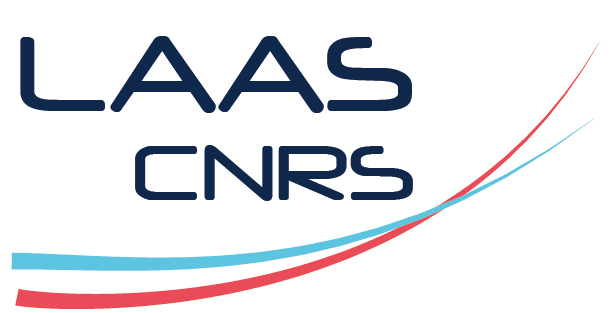3D Integration of a µSieve for Particle Filtration Combined with real-time in-situ Analysis within Complex Media
Résumé
In the context of liquid biopsy, the current main challenge is the extraction of the biological information through the capture of tumoral biomarkers from complex body fluids. These biomarkers, and more specifically Circulating Tumor Cells (CTCs), are usually present at very low concentrations compared to billions of peripheral blood cells. We aim to address this issue though the conception and fabrication of an integrated CTC capture, detection, and analysis device. In the last MNE edition, we presented the fabrication of a microperforated membrane device for cell capture with a label-free detection method using impedance spectroscopy. Now, we present a new clean room fabrication process for the device coupling cell capture with electrical detection and in-situ analysis, together with the development of a 3D printed integration chip (ICHIP) for live optical imaging. Altogether, the combination of these technological developments allows for live electrical and optical characterization of collected cells on a microperforated membrane.
The fabrication principle of the microdevice is based on a five-layer process including thermal oxidation, UV photolithography, vapor phase deposition, electrolytical growth and reactive ion etching. The microdevice finally exhibits three key parts: the filtering micro-perforated membrane, the gold micro-electrodes, and the silicon supporting structure. The filtering membrane is made of a bilayer of SiO2 and Si3N4 respectively obtained through thermal oxidation of silicon and Low-Pressure Chemical Vapor Deposition (LPCVD). This membrane is perforated with micro-holes using RIE (CHF3 and O2), thus forming the thin filtering membrane. A metal layer of chrome and gold is deposited on the membrane using vacuum evaporation. This metal layer is used first as a seed layer for electrochemical thickening of the contact pads, it is then etched using RIE to pattern the micro-electrodes. Finally, a deep reactive ion etching of the silicon wafer forms the fluidic channel and the supporting part, allowing easy handling of the membrane. Figure 1 shows typical images of fabricated micro-devices, exhibiting the center part of the device with the silicon supporting structure, the thin micro- perforated membrane (a) and the design of sensing micro-electrodes integrated at the surface of the membrane (b).
A 3D printed integration chip was fabricated to embed the microdevice in a fluidic channel while featuring an optical access to the microperforated membrane for live epifluorescence imaging. This chip in printed by Stereolithography (SLA) using an original Print-Pause-Print (PPP) printing process in three steps. First, a donut shape is printed, corresponding to the bottom side of the chip with the inner part of the donut being the optical access. The printing is paused and a silanized glass coverslip is deposited on top of the donut, the printing then resumes, and the coverslip gets trapped in the polymerized resist. Fluidic channels are printed on top of the coverslip and, after a second pause, a microperforated membrane is incorporated and gets imbedded by the polymerized resists. Finally, resist development is done by flushing ethanol through the fluidic channel and is followed by a 15min UV curing. This process is done on a DWS printer with DS3000 biocompatible resist. The result of this 3D integration shown in Figure 2 provides an inverted optical access to the imbedded microperforated transparent membrane with fluidic connector on top, allowing for live imaging of the device during cell capture (Figure 3) and top side access to electrical contact pads of the device.
This contribution will detail the fabrication process of the clean room fabricated device together with its integration in a 3D printed chip. Experiment results showing live cell capture characterization of the microperforated membrane along detection and in-situ analysis of captured cells will be presented.
| Origine | Fichiers produits par l'(les) auteur(s) |
|---|

